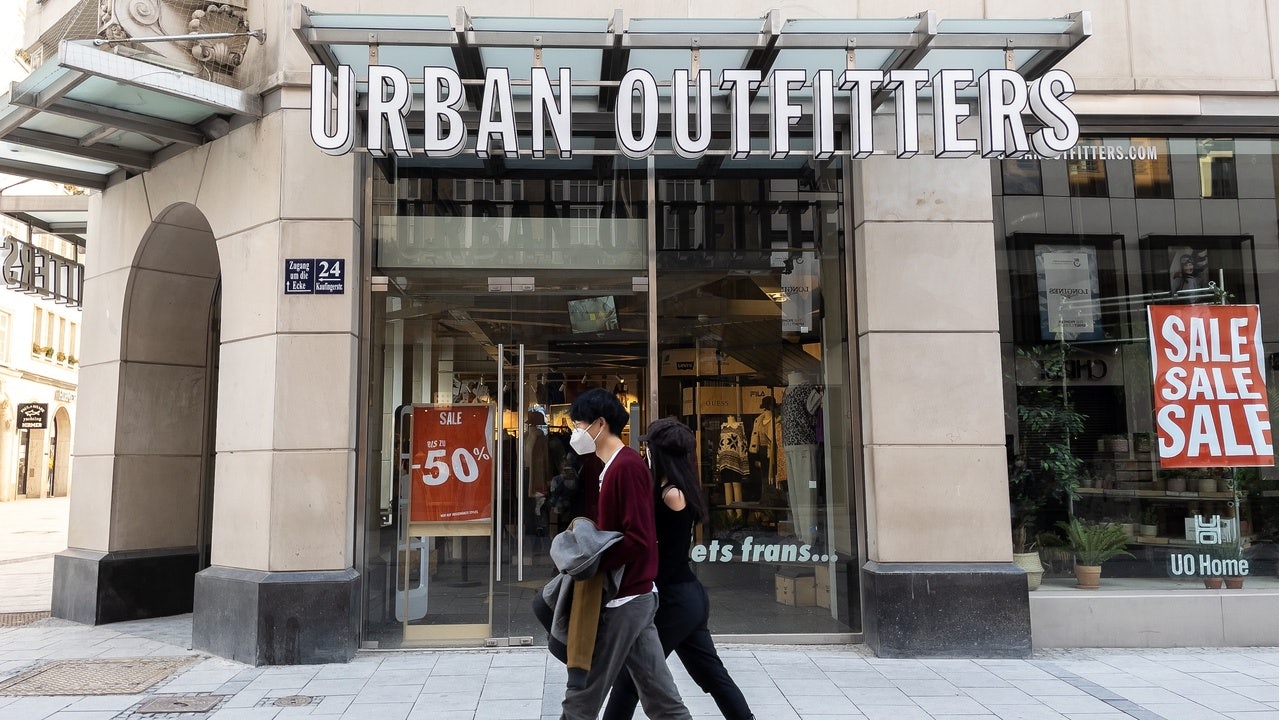Key Takeaways:#
International brands often make the mistake of downplaying the local competition, which can compete very well on cost and supply chain operations.
In China, many fashion brands still fall into the trap of bypassing the need to develop locally appropriate strategies.
A lack of newness or stand-out appeal contributed to the downfall of many fashion retailers in China.
China is regarded as a massive market that almost guarantees sustainable growth and profitability. In the past, the country has provided huge opportunities for profit, and many success stories exist across wide swathes of the economy.
Nevertheless, the reality is that numerous fashion, premium, and luxury brands have failed in this mega-market. The list of high-profile casualties includes the recent announcement that US retailers Urban Outfitters and Everlane are withdrawing from the Chinese market.
Although every brand failure has its own idiosyncratic story, we have outlined three critical lessons to facilitate brand success in China. These lessons are about learning from the costly mistakes of others because the Chinese market is too important for brands to falter in.
Advantage#
International brands often make the mistake of downplaying the pressures of local competition. Luxury brands may be less susceptible, but numerous fashion retailers, including Bershka, Pull & Bear, Stradivarius, Old Navy, New Look, and Superdry (to name a few), failed to break through the competitive chaos and lure shoppers away from domestic options.
But that is not an easy task when domestic brands can compete on cost and supply chain operations. The phenomenal rise of Shein is not just about its speed but, ultimately, but its ultra-fast fashion.
Furthermore, many brands that have exited China lacked a distinctive brand positioning in an increasingly crowded market. Urban Outfitters may embody a sense of cultural identity in the US but it lacked a clear, crystalized, and coherent identity in China.
As Chinese brands continue to move up the value chain, as evidenced in the beauty category, premium and even luxury brands must question if their brand proposition can still win over aspirational Chinese consumers. And national pride matters: According to WPP BAV Best Countries 2021, 76 percent of Chinese respondents are willing to pay more for something made in China.
Adaptation#
A visit to a Starbucks in China is a compelling example of how this coffee chain has adapted to the Chinese market. And yet, many fashion brands still fall into the trap of bypassing the need to develop locally appropriate strategies. Forever 21, which famously exited China in 2019, having appeared to have neglected local preferences across many items by making them too big or too revealing for the Chinese consumer.
These issues were compounded by slow growth in the brand's new and existing stores in major shopping districts — capital investments that are difficult to recuperate. The final oversight was a lack of social media visibility. But in August of 2021, the brand returned to China, adapting its strategy by outsourcing its sales to Lasonic Limited Xusheng Co. Ltd and its subsidiary, Xusheng Electrical (Shenshen) Co., Ltd. For Forever 21, it is expected that clicks will lead to bricks in the future.
Regional differences also played a role for Asos, which dramatically failed in 2016 when it tried to sell one seasonal range in a country with several different climate zones. Yet, brands should not assume that integrating local meaning will be a shortcut to results. It is critical to determine what touchpoints matter to different consumer groups.
Norwegian Cruise Lines learned this lesson the hard way when it launched a new ship, the Norwegian Joy, specifically for the Chinese market. Unfortunately, the craft featured typical Chinese features, including teahouses and karaoke rooms, when, in fact, Chinese passengers were seeking a more Western-style experience. Its failure to adapt left Norwegian Cruise Lines "high and dry" in the Chinese market circa 2019.
Agility#
Every brand executive will undoubtedly agree that agility is the key to business success. Nevertheless, the failure to develop an innovation-led growth strategy is one of the reasons that some brands continue to struggle in China.
According to a Harvard Business Review article, KFC in China introduced about 50 new products a year compared to only one or two in the US. Fast fashion and fast beauty are not very different from the fast-food business model, which explains why a lack of newness or stand-out appeal contributed to the downfall of many fashion retailers.
Indeed, the K-beauty brand Innisfree’s retreat from China can partly be attributed to its inability to differentiate product performance from other natural beauty offerings. China is a breathtaking fast-moving mosaic of consumer markets — and the importance of social media activity is a key indicator that reflects this dynamic. It is perplexing how many international brands still fall short on investing in their social media content entrance, tailored to a specific market. It is probably no surprise that many of the brands that have withdrawn from China lacked Chinese executives making timely marketing decisions in a market they innately know better than their foreign counterparts.
Brand failures in China should serve as a warning for incumbent brands and companies with plans to enter or re-enter the Chinese market, including luxury brands. Although brands are committed to China, managers need to be aware of the shortcomings that have led to brand failures in China. Insolvency in this country is a nightmare scenario, but it can be avoided if executives are willing to impose a Chinese-based model for success.
Glyn Atwal is an associate professor at Burgundy School of Business (France). He is co-author of Luxury Brands in China and India (Palgrave Macmillan).


